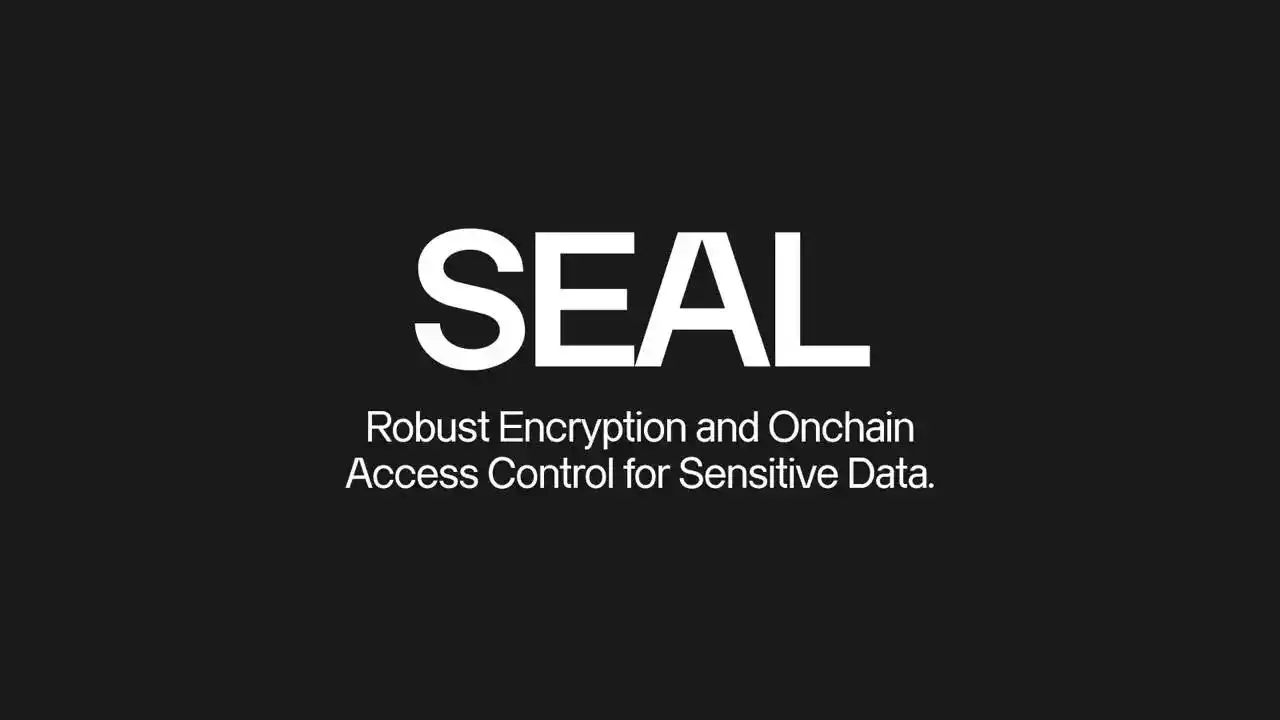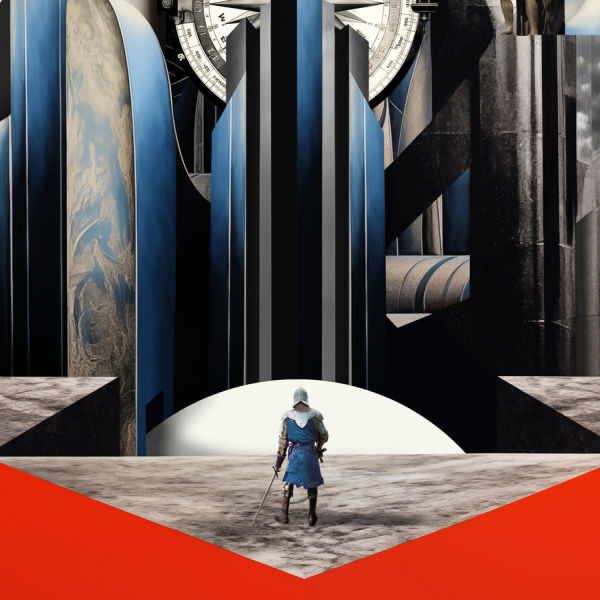Seal Officially Launches on the Sui Testnet
1. Mysten Labs has launched a decentralized encryption management service called Seal, designed to provide asymmetric encryption security suitable for various scenarios and application integrations. 2. Seal combines on-chain access policies with off-chain key generation services to achieve content encryption and authorized user access. 3. The Seal architecture uses off-chain backend services to generate identity-based decryption keys and provide public keys for encryption, while also supporting t-out-of-n

Mysten Labs' latest product Seal is a decentralized cryptographic management service that provides asymmetric encryption security, suitable for integration into various scenarios and applications. Seal combines on-chain access policies with off-chain services for key generation and decryption, enabling content encryption while ensuring authorized users can access the encrypted content.
Seal has launched on the Sui testnet for developers to familiarize themselves with the system and explore integration with their own applications.
Despite the substantial amount of data on-chain that requires security protection, existing solutions are often specific to certain scenarios (such as wallet services) or rely on Web2 (like AWS KMS and GCP Cloud KMS). Seal provides developers with a more universal, secure, scalable, and high-performance solution, suitable for data access control for almost any storage location.
Seal Architecture Components
The Seal architecture uses off-chain backend services to generate identity-based decryption keys and provides corresponding public keys for encryption. Applications can choose t-out-of-n backend services as part of the threshold encryption mechanism. Users interact with the backend services using the Seal SDK, decrypting content on the client side with their identity key.
The Seal client works in conjunction with the on-chain Seal policy, where policies are defined and managed in the Move language on Sui, used to establish access structures. These on-chain policies can be configured with various rules to suit various use cases.
Use Cases
Builders developing with Seal can integrate its flexible security architecture into their applications in various ways. Here are some examples demonstrating how Seal can protect sensitive data securely and scalably:
· Protecting personal data on Walrus or other storage infrastructure to ensure only the uploader can access it.
· Using time-locked encryption to transfer ownership of NFTs or other assets to another user within a specific time window.
· Storing encrypted content on Walrus or other storage infrastructure and controlling access for specific users through a whitelist.
· Publish premium content in a content subscription app, allowing access only to verified subscription users.
· Develop a chat application that supports end-to-end encrypted private messaging based on Sui and Walrus.
Developers interested in exploring real-world applications can check out this marketplace app (code) that showcases access control features based on whitelisting and subscription mechanisms using Sui, Walrus, and Seal.
Built for Security
The initial testnet release of Seal focuses on providing an end-to-end user experience for developers and users. This release is not only available for comprehensive testing of Seal's core features but also aims to gather community feedback to ensure that Seal's operations truly serve user needs.
This feedback will also determine the future development direction of Seal, with several features already identified to further enhance its usability. Potential future developments for Seal include:
· Multi-Party Computation (MPC): Allowing a multi-party computation committee to use a t-out-of-n distributed key to operate Seal's backend services.
· Server-Side Encryption: As an alternative to client-side encryption, allowing Seal's backend to perform data decryption, enabling developers to build lighter front ends.
· Digital Rights Management (DRM): Performing decryption in a secure trusted client environment to enable DRM functionality, similar to mainstream platforms like Netflix, YouTube, and HBO.
Developers interested in Seal can refer to the official documentation to start exploring its SDK and deploy applications based on the testnet.
Disclaimer: This content is for general educational and informational purposes only and should not be interpreted or relied upon as an endorsement or recommendation to buy, sell, or hold any asset, investment, or financial product, and does not constitute financial, legal, or tax advice.
This article is contributed content and does not represent the views of BlockBeats.
Disclaimer: The content of this article solely reflects the author's opinion and does not represent the platform in any capacity. This article is not intended to serve as a reference for making investment decisions.
You may also like
Donald Trump’s Memecoin to Face $320 Million Token Unlock as Price Dips

33% of French looking to buy crypto in 2025 but Italians are even more bullish
Share link:In this post: A third of French people intend to purchase cryptocurrencies this year. New study shows Italians as most bullish among surveyed nations in Europe. The crypto sector’s growing legitimacy helps attract more investors, researchers say.
Spanish Police End Crypto Scam Ring That Used AI to Swipe $21 Million From Investors

Survey reveals 1 in 5 Americans own crypto, with 76% reporting personal benefits

